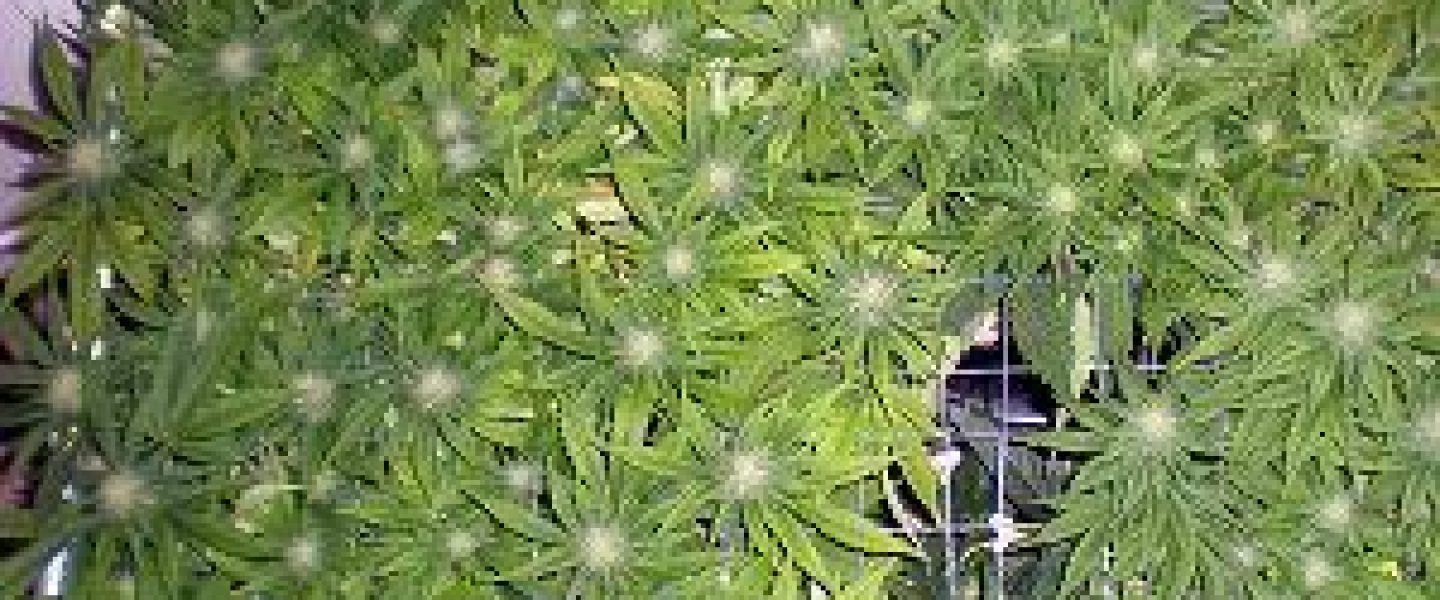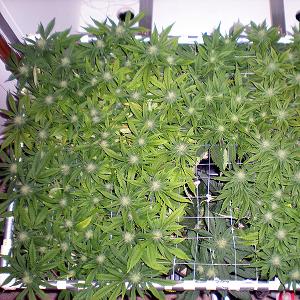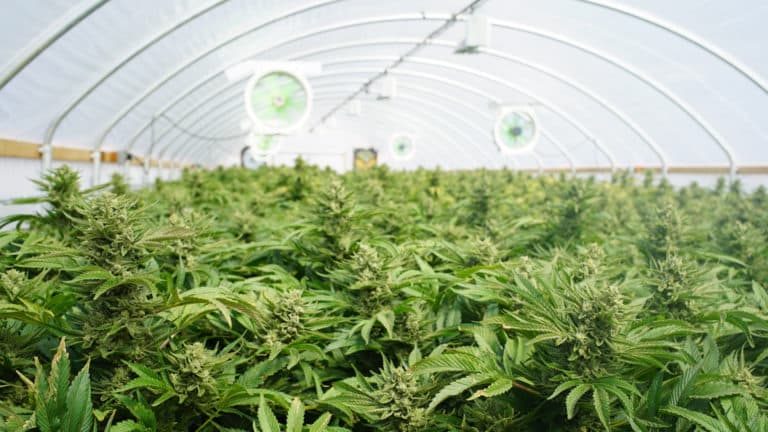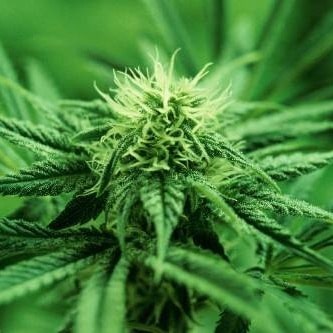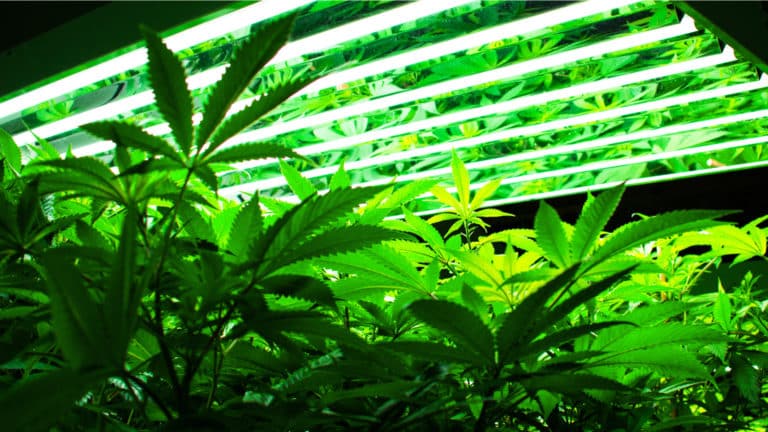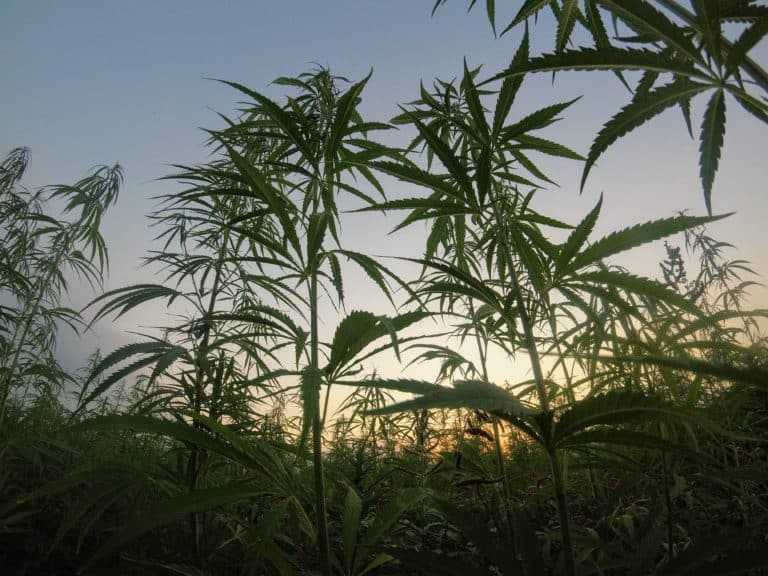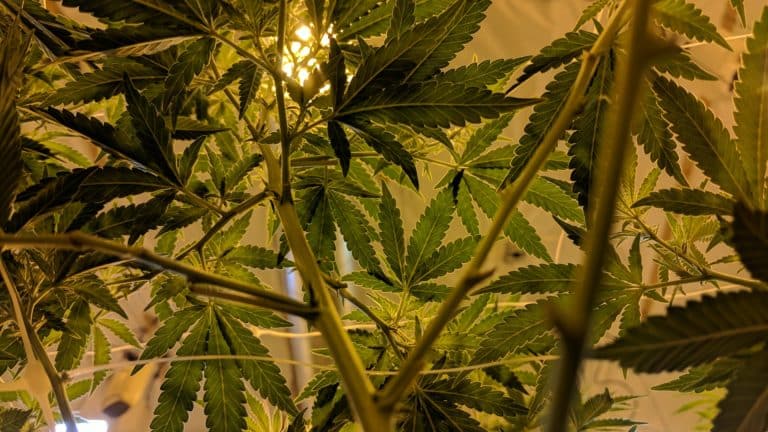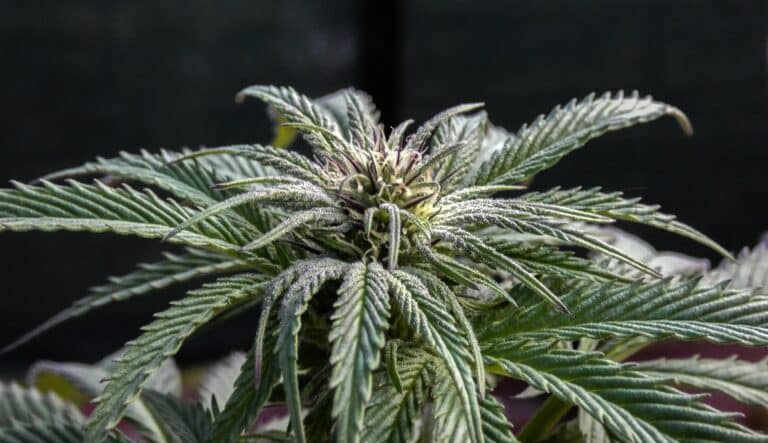Many of you marijuana growers have probably heard the term “ScrOG” before. Much like many growing techniques, scrogging marijuana strives to make the process a little bit easier and a lot more beneficial. The term “ScrOG” is an abbreviation of “Screen of Green.” The idea behind the scrog method is to optimize your lights and to bring lower buds up to the top of the canopy where they could produce higher yields. It’s a method that has been around for a while (prior to high-intensity discharge—HID—lamps) and has been used effectively, even with basic fluorescent lights. Here’s how to do it;
1. Place a screen at 20 to 25 inches from the pots
2. Cut off the top cola of each plant
3. Prune bottom branches when top hits the screen
4. Force into flowering 2 days after pruning bottom
5. Attach all branches horizontally to the screen
Perhaps the most important thing to have with a scrog setup is a screen (generally some kind of wire or even a tight rope). A sturdy screen that can hold back the top canopy and has 2-inch by 2-inch squares built in will certainly be adequate. Screens are also the most important aspects of scrogging. You are effectively “training” the marijuana plants to grow in your desired direction without having to do anything harsh that could affect growth adversely. The distance between pots and the screen should be 20 to 25 inches
This is particularly useful for individuals who either have limited vertical space or limited light emission. Having a screen over the top of the plants, keeps them lower, but it also allows the light to concentrate more evenly on each of the plants. In addition, horizontal growth will still produce useful plants in the long run.
A Method to the Madness
But, the scrogging method isn’t all about setting up a screen and watching your marijuana grow. Although very little work is involved in general, you will still need to take great care if you want to scrog correctly.
One of the first things you’ll want to do is cut the top colas off of each plant when the plant is around 10 inches tall. This encouraged the plant to create new branches that you can manipulate in any way you please. The ideal way to manipulate the new branches is to wait until they have reached the screen. At this point, the tops of the branches will be slightly poking through one of the holes in the screen. You’ll want to continue to take each branch from each plant and move them over to the next hole so that horizontal growth can continue relatively unimpeded. Or bend and attach all the branches to the screen with some wire horizontally.
Obviously, if you let the plants continue to grow vertically, you’ll run out of space. However, if the marijuana plants are “trained” to grow horizontally, you will ultimately get more yield and a better canopy later on.
Just before the top of the plant hits the screen, cut off all the small branches and side shoots at the bottom. This give a boost to the top colas because there will be no energy wasted on the growth of useless and small side shoots and fluffy buds.
The process of taking the branches out of one hole in the screen and placing them in a hole farther away from the plant base is often referred to as “tucking.” This should be carried out with the utmost care as any breakages can cause your marijuana plants to reduce growth. Some marijuana growers like to make their screens adjustable so that they can raise the “ceiling” if the growth becomes too abundant. This is really beneficial if you want to keep your plants in vegetative state for as long as you can.
Another way to ensure that the plants produce higher yields is by maintaining a relatively even canopy all the way across. This will involve cutting off the top portion of a plant to shorten it and also make room for deviations in the branches. The more branches you have, the more you can continue tucking. Since the growth is diversified and the light is hitting every viable part of the plants, the yield will increase when harvest time comes around.
When to Flower
Because scrogging represents an indoor growth technique, the shift between vegetative state and flowering state will be up to the individual grower. The timing should be ideal, but there are many different factors in play. For instance, if you’re using a hydroponic system, you might be able to take the plants from vegetative growth into flowering within a matter of only 3 to 4 weeks. If the plants are in soil, it should take around 6 to 8 weeks.
Forcing flowering is something that almost takes an intuition. You can see when the plants have sort of maxed out in their vegetative state. You will obviously want to visualize how much the plants will continue to grow once they enter flowering. When you decide to go for it, put the plants on a 12/12 light regimen. Then, growth will start to increase as the plants begin to flower extensively. Carefully train all branches and shoots through their individual slots in the screen. I always force my marijuana plants into flower just before they start to grow through the screen.
From there, the yield will start to take shape, and you’ll be rewarded with almost double the buds of a normal crop. Be sure to take extra caution while training the plants during flowering. They will naturally start to stretch through the holes in the screen and it’s important to not be too rough with them. Keeping the area below the canopy well-ventilated will also help reduce the risk of mold.


